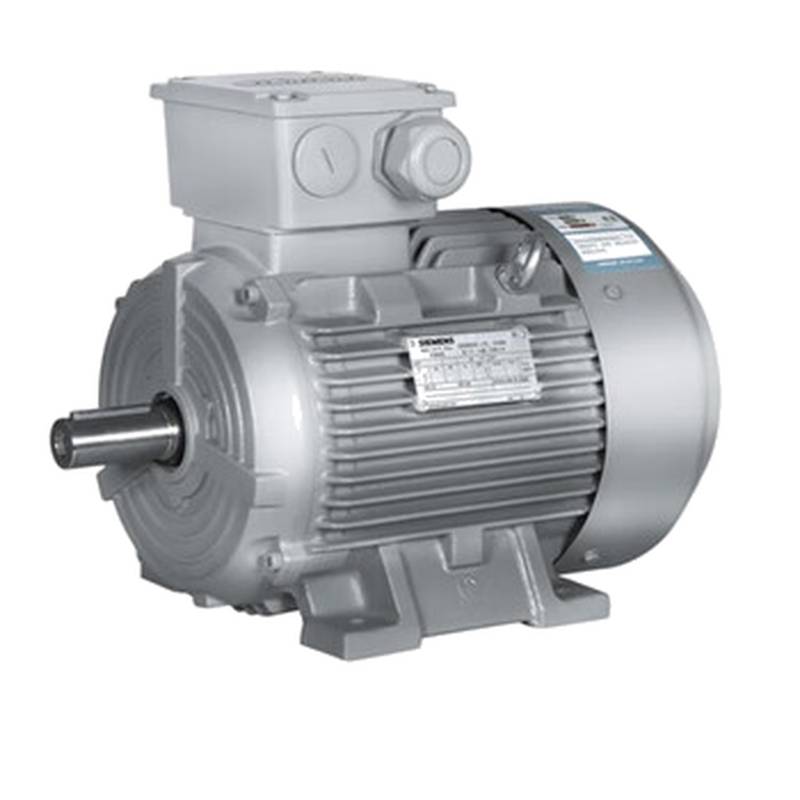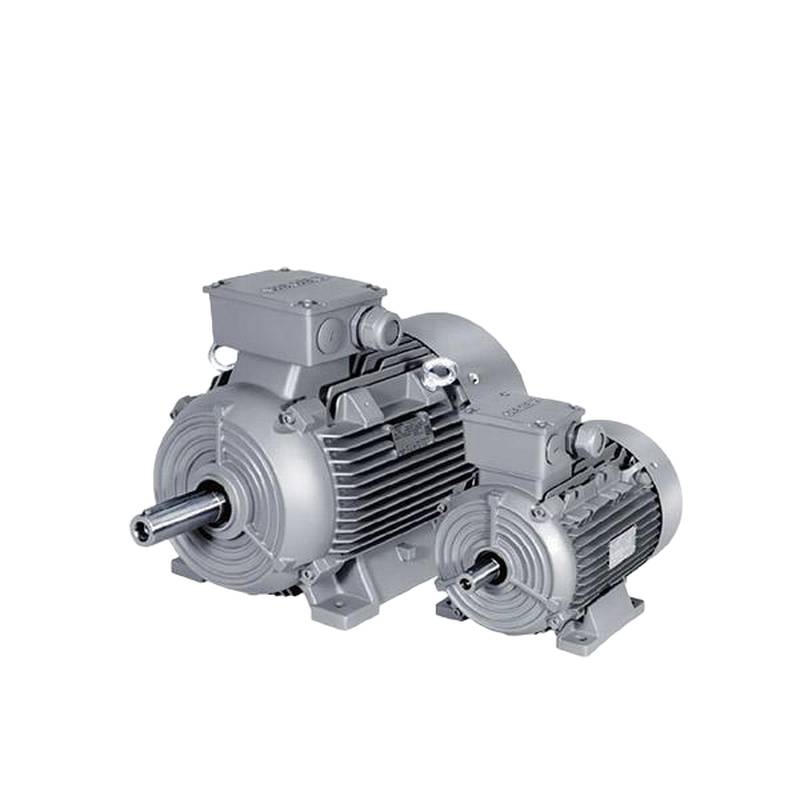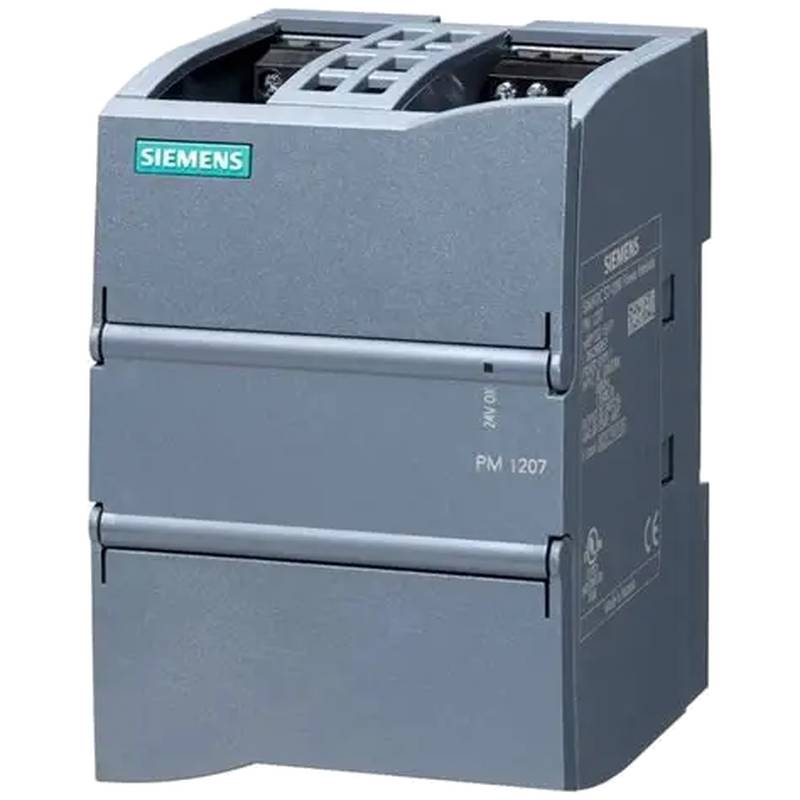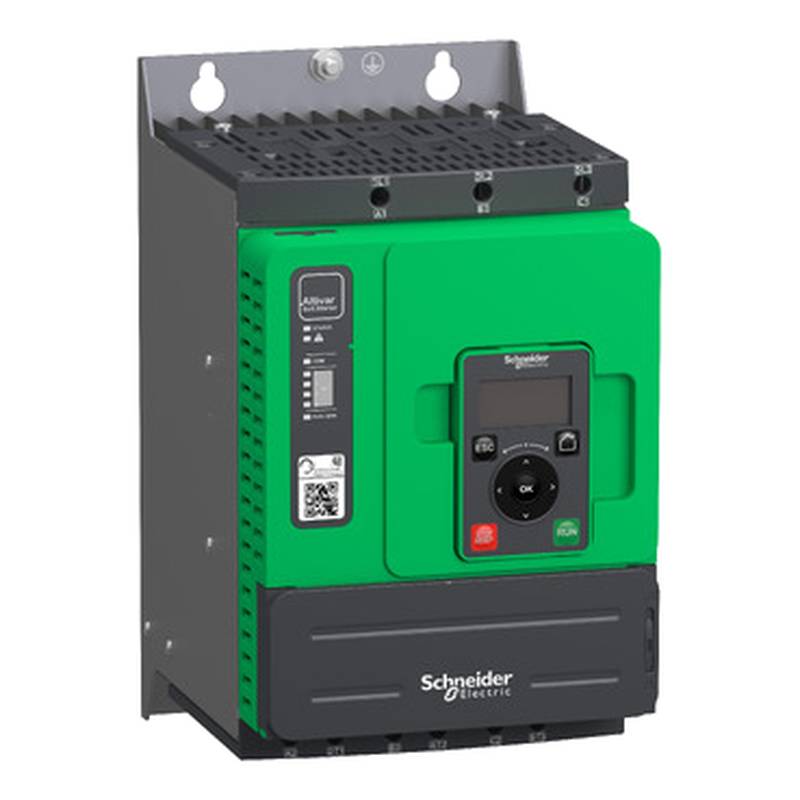
The Siemens 6ES7288-2QT16-0AA0 is a high-reliability digital output module designed for demanding industrial automation applications. This module boasts exceptional performance and robust construction, ensuring dependable operation even in harsh environments. Its core advantages lie in its precision, speed, and inherent resilience, making it a cornerstone for critical control processes. Key technical parameters include its 16 digital outputs, a rapid switching time, and advanced diagnostic capabilities that proactively identify potential issues. This output module is engineered for seamless integration within Siemens' S7-1200 automation system, offering users a powerful and flexible solution for diverse control needs.
Product Specifications
| Feature | Specification |
| :------------------ | :----------------------------------------------- |
| Product Type | Digital Output Module |
| Manufacturer | Siemens |
| Product Number | 6ES7288-2QT16-0AA0 |
| Voltage Rating | 24V DC |
| Number of Outputs | 16 |
| Output Current | 2A per channel |
| Switching Frequency | Up to 1 kHz |
| Isolation | Channel-to-channel and channel-to-backplane |
| Diagnostic Functions| Wire break detection, short circuit detection |
| Compatibility | Siemens S7-1200 PLC systems |
| Operating Temperature| -20°C to +60°C |
| Protection Rating | IP20 |
Core Features & Market Positioning
The Siemens 6ES7288-2QT16-0AA0 distinguishes itself through its unparalleled reliability, a critical differentiator in industrial settings where downtime is costly. Its advanced diagnostic features, such as wire break and short circuit detection, go beyond basic functionality, providing proactive fault identification and significantly reducing Mean Time To Repair (MTTR). This high level of built-in intelligence positions the module as a premium component for mission-critical applications, assuring continuous operation and minimizing the risk of production interruptions. The integration within the S7-1200 ecosystem further enhances its appeal, offering users a cohesive and powerful automation platform with a proven track record for stability and performance.
Key Application Scenarios
This Siemens digital output module is ideally suited for a broad spectrum of industrial applications demanding precision and unwavering dependability. It excels in process control systems where accurate and timely activation of actuators, such as solenoids, relays, and motor starters, is paramount. Industries like discrete manufacturing, food and beverage processing, and water/wastewater treatment frequently leverage such modules for controlling conveyor belts, pumps, valves, and signaling devices. Its high switching frequency also makes it suitable for high-speed packaging machinery and intricate assembly lines. Furthermore, its robust design and diagnostic capabilities are invaluable in environments with significant electrical interference or where safety interlocks require absolute certainty of signal integrity.
Practical System Integration Guidance
Integrating the Siemens 6ES7288-2QT16-0AA0 into an S7-1200 system is straightforward, leveraging Siemens' TIA Portal engineering software. Installation involves snapping the module onto the S7-1200 rail and connecting it to the PLC's backplane. Wiring the digital outputs requires adherence to proper gauge and insulation standards for the specified 2A current rating per channel. For programming, users will configure the output addresses within TIA Portal, enabling direct control via ladder logic, function block diagrams, or structured text. The module's built-in diagnostics can be programmed to trigger alarms or specific error handling routines within the PLC program, enhancing operational awareness and facilitating rapid troubleshooting.
Operation and Risk Mitigation
Operating the Siemens 6ES7288-2QT16-0AA0 involves configuring its output behavior and leveraging its diagnostic capabilities within the PLC program. To mitigate risks, it is crucial to ensure the total current draw of all outputs does not exceed the module's or the power supply's capacity. Overloading can lead to module failure or unreliable operation. Proper grounding and shielding of output wiring are essential to prevent electrical noise from interfering with signal integrity. Implementing the module's wire break and short circuit detection in the PLC program allows for immediate alerts, preventing potential damage to connected equipment or safety hazards. Regular firmware updates, if available, should also be considered to ensure optimal performance and security.
Scalability & Long-Term Value
The Siemens 6ES7288-2QT16-0AA0 offers significant scalability and long-term value within the S7-1200 platform. Users can easily expand their system's output capacity by adding more of these modules or other compatible I/O modules to the S7-1200 CPU, facilitating future growth without extensive re-engineering. Its compatibility with the established S7-1200 architecture ensures that applications built today will remain supported and integrable with future advancements. For integration with Industry 4.0 initiatives and the Industrial Internet of Things (IIoT), the S7-1200 system, and by extension this output module, can be integrated with Siemens' IoT gateways and cloud solutions, enabling data acquisition, remote monitoring, and predictive maintenance strategies, thereby maximizing return on investment.
Frequently Asked Questions
1. What are the primary benefits of using the Siemens 6ES7288-2QT16-0AA0 module?
This module offers high reliability for critical automation tasks. It ensures consistent and accurate digital signal output. Its robust design withstands harsh industrial environments.
Its advanced diagnostics detect issues like wire breaks early. This proactive approach minimizes costly downtime. It enhances overall system availability.
The module integrates seamlessly with Siemens S7-1200 PLCs. This provides a cohesive and powerful automation solution. It simplifies system design and maintenance.
2. How does the diagnostic functionality of the 6ES7288-2QT16-0AA0 improve troubleshooting?
The module detects wire breaks in real-time. This alerts operators before a fault causes process disruption. It pinpoints issues to specific output channels.
Short circuit detection prevents damage to the module and connected devices. It provides immediate feedback on electrical anomalies. This speeds up fault localization significantly.
These diagnostics can be programmed into the PLC logic. This allows for automated responses and detailed error logging. It greatly reduces Mean Time To Repair (MTTR).
3. What type of applications is the Siemens 6ES7288-2QT16-0AA0 best suited for?
It's ideal for applications requiring precise control of actuators. This includes solenoids, relays, and motor starters. Its reliability is key for continuous processes.
High-speed operations benefit from its fast switching. Think packaging machinery or assembly lines. It ensures timely and accurate execution of commands.
Its robust build and diagnostics suit harsh environments. Industries like manufacturing and water treatment are prime examples. It handles demanding conditions with ease.
4. Can this module be used with PLCs other than Siemens S7-1200?
The 6ES7288-2QT16-0AA0 is specifically designed for Siemens S7-1200 systems. Its integration and communication protocols are optimized for this platform. Using it with other PLC brands is generally not supported.
Compatibility relies on standardized communication protocols and physical interfaces. This module utilizes Siemens proprietary backplane communication. Direct integration with non-Siemens PLCs would require custom interface solutions.
For alternative PLC platforms, Siemens offers other I/O modules. These are engineered to meet specific system requirements. Always verify compatibility before selecting a module.
5. What are the voltage and current ratings for the digital outputs?
Each of the 16 digital outputs operates at 24V DC. This is a standard voltage for industrial control. It allows for direct connection to many common actuators.
The module can supply up to 2A per output channel. This provides ample current for most solenoids, indicators, and small relays. It's crucial not to exceed this limit per channel.
The total current drawn from the PLC backplane must also be considered. Ensure the CPU's power supply can handle the combined load. This prevents system instability or overload conditions.
6. How do I program the Siemens 6ES7288-2QT16-0AA0 within the TIA Portal?
First, the module must be physically installed and recognized by the S7-1200 CPU. Then, within TIA Portal, you'll access the device configuration. Here you can assign symbolic names to each output.
You will then use standard PLC programming languages. Ladder logic, function blocks, or structured text can control the outputs. Simply use the assigned I/O addresses in your logic.
Configure diagnostic interrupts within the PLC program. This allows for tailored responses to detected faults. It ensures efficient troubleshooting and system monitoring.
7. What are the physical installation requirements for this module?
The module snaps onto a standard DIN rail within the S7-1200 rack. Ensure proper alignment and secure connection to the backplane. This establishes electrical communication.
Ensure adequate ventilation around the module. Operating temperatures should remain within the specified range. Avoid mounting in areas with excessive dust or moisture unless further protected.
Use appropriate wiring gauges for the 2A current rating. Follow local electrical codes for safe and reliable connections. Ensure all connections are tight and secure.
8. Does the 6ES7288-2QT16-0AA0 support diagnostics for overload conditions?
The module directly supports wire break and short circuit detection. It actively monitors for these specific fault conditions on each output. These are its primary built-in diagnostic features.
Overload protection, in the sense of an immediate output trip if the 2A limit is exceeded, is not explicitly a primary diagnostic function. However, a continuous overload condition may eventually trigger a short circuit fault detection. It's essential to manage load within the 2A rating to prevent damage.
For comprehensive overload management, external protection devices like resettable fuses or circuit breakers are recommended. These should be integrated into the circuit design, coordinating with the module's capabilities.
9. What is the meaning of "High Reliability" in the context of this PLC module?
"High Reliability" signifies a design engineered for consistent performance under demanding conditions. It means the module is built with quality components and robust construction. This minimizes the probability of failure.
It implies enhanced fault tolerance and diagnostic capabilities. This allows for early detection and mitigation of potential issues. It aims to reduce unplanned downtime significantly.
Siemens' rigorous testing and quality control processes contribute to this designation. It assures users that the module will perform as expected over its operational lifespan. It’s critical for mission-critical applications.
10. How does this module contribute to Industry 4.0 and IIoT integration?
This module provides the foundational digital output control. It enables actuators to be precisely managed within automated processes. This forms a key part of a connected factory floor.
Through the S7-1200 PLC, its operational status and data can be communicated. This data can be transmitted via OPC UA or MQTT to higher-level systems. This allows for real-time monitoring and analysis.
Integration with Siemens' IoT gateways and cloud platforms enables advanced analytics. This facilitates predictive maintenance and process optimization. It's a vital component for smart manufacturing initiatives.

























